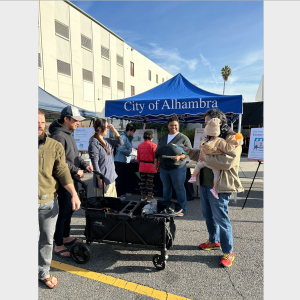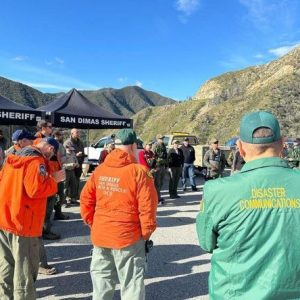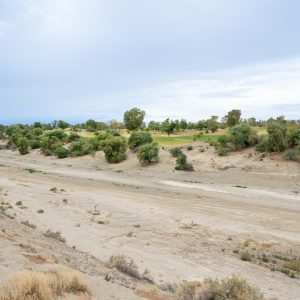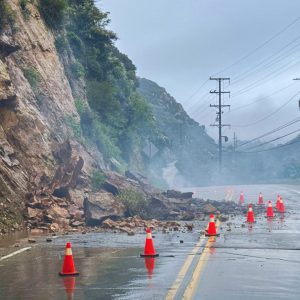 View Winners →
View Winners → 66,000 Experiencing Homelessness in L.A. County, SGV Cities Tackle the Humanitarian Crisis
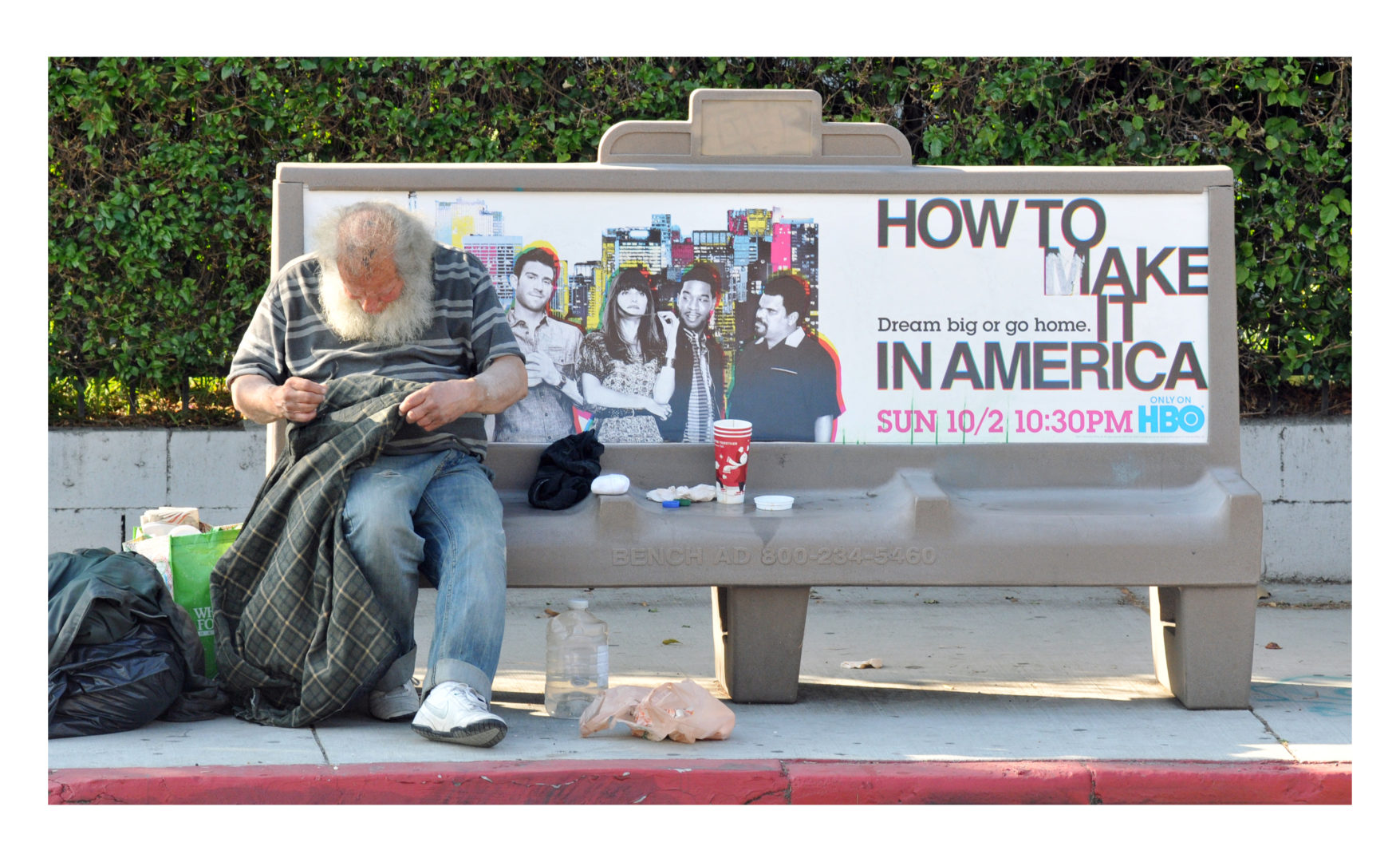
Permanent housing limited in supply
(This is the first in a series of articles focusing on the need to house people experiencing homelessness permanently.)
Homelessness is a colossal issue in Los Angeles County. Exacerbated by the coronavirus, it has become a serious health concern, but there is some good news and some dedicated, deeply committed individuals to help those in need.
In Los Angeles, as one of the city’s large homeless encampments was being broken up by police last week, hundreds of protesters faced off with officers. Additionally, multiple journalists were also arrested despite showing media credentials.
Mitch O’Farrell is Echo Park’s council member and spoke with NPR Thursday and assured people that most of those removed were placed in a safe environment and in some cases permanent homes for people.
“Almost 200 of the park’s unhoused population has accepted and been placed in shelter options through Project Roomkey, Project Homekey, A Bridge Home and winter shelter. I’m happy to report that we have shelter available for anyone who is seeking to be housed tonight,” O’Farrell tweeted.
Project Roomkey was established in March 2020 as part of the state’s response to the pandemic. “The purpose of Project Roomkey is to provide non-congregate shelter options for people experiencing homelessness, protect human life, and minimize strain on health care system capacity,” says the California Department of Social Services.
Unhoused residents who are recovering from COVID-19 or have been exposed are given a place to quarantine. Project Roomkey “also provides a safe place for isolation for people who are experiencing homelessness and at high risk for medical complications should they to become infected.” The units are intended to be temporary, emergency shelter. Though state officials say they also serve as a pathway to permanent housing.
However, at the beginning of the month, Los Angeles County officials said they didn’t plan “to expand the number of hotels they’re renting to shelter homeless people who are at risk of contracting COVID-19,” reported the Los Angeles Times.
“Unfortunately, while [the Federal Emergency Management agency] has committed to covering 100% of the cost of Project Roomkey, it still requires Los Angeles County to pay for most of the operations now and then seek to be reimbursed later — potentially years later,” L.A. County Homeless Initiative Director Phil Ansell said in a written statement. According to the L.A. Times, the county has received $12.4 million out of $73 million requested from FEMA for Project Roomkey.
The program has also failed to shelter the 15,000 people officials said they wanted in units. Data from a Los Angeles Times tracking project estimates that 2,009 people are housed as of Wednesday. At the height of the program, a little more than 4,000 people were housed, still short of officials’ goal.
Activists and residents alike question what will happen when placement in temporary units ends and criticize removal of the encampment — which they say had become a community and haven. On Tuesday, protesters demonstrated outside L.A. City Hall.
“We’re not vermin, we’re not scum, we’re human. We are human beings – working human beings,” Jessica Mendez, one of the speakers at the rally, said.
Monrovia Sees Slight Increase in Homeless Population
Locally, San Gabriel Valley cities like Monrovia have seen a slight increase in the number of unhoused people, according to City Manager Dylan Feik.
“While the physical point-in-time count was cancelled this year due to COVID, [the Los Angeles Homeless Services Authority] estimates our homeless count went up slightly (from 75 to 77),” said Feik.
This year, Monrovia was awarded over $315,000 in competitive grants to address homelessness and housing, Feik told Beacon Media News Monday. The city manager reiterated that the focus has always been on “preventing people from becoming homeless.”
Monrovia has been able to help scores of individuals who have found themselves on the street. One of the new pilot programs Monrovia just completed is called eCHIP (Emergency Coronavirus Housing Impact Program), he said.
“The city served 71 households, or 262 individuals (six seniors and 113 youth). The average support is holding at about $1,711 per application and we believe is highly effective in preventing people from becoming homeless,” Feik said.
“We received a $150,000 grant to implement our Homeless Plan which involves more direct aid to needy families, code enforcement (which is essentially removing illegal camps), and community outreach. In addition, the city received $130,000 in CDBG-CV aid which we used to (1) provide rental assistance to low-income residents, (2) utility assistance to low-income families, (3) food assistance to Foothill Unity Center and the Volunteer Center,” he said.
Monrovia has partnered with the California Statewide Communities Development Authority (CSCDA) and a joint powers authority “whereby the CSCDA would purchase the 261-unit MODA apartments and convert 100% of the units into a mix up to 80% [area median income], up to 100% and 120% AMI. The effort will reduce average rents for all units, some more than others, and provide workforce housing for emergency workers, teachers, nurses, etc.,” he explained.
“In addition to grants, we use other sources of funding to try and make meaningful change. Our $130,000 annual allocation of Permanent Local Housing Allocation (PLHA) comes from the $75 real estate transaction fees imposed on every transaction. We allocated our entire allotment to the San Gabriel Valley Regional Housing Trust in Spring 2020. Along with many other cities, we are pooling resources together to address housing needs and we’ve already received over $1 million in additional grant funding from the state for two housing projects in Pomona and Claremont. The idea here is that if all members pool resources, we can have a revolving effort to address projects in many communities.”
Feik says the city is currently reworking it housing element “which will guide our future steps in addressing community housing needs. We’ve heard a lot about inclusionary zoning, more affordability, and certainly equity in housing.”
A Firsthand Account of Being Unhoused in Pasadena
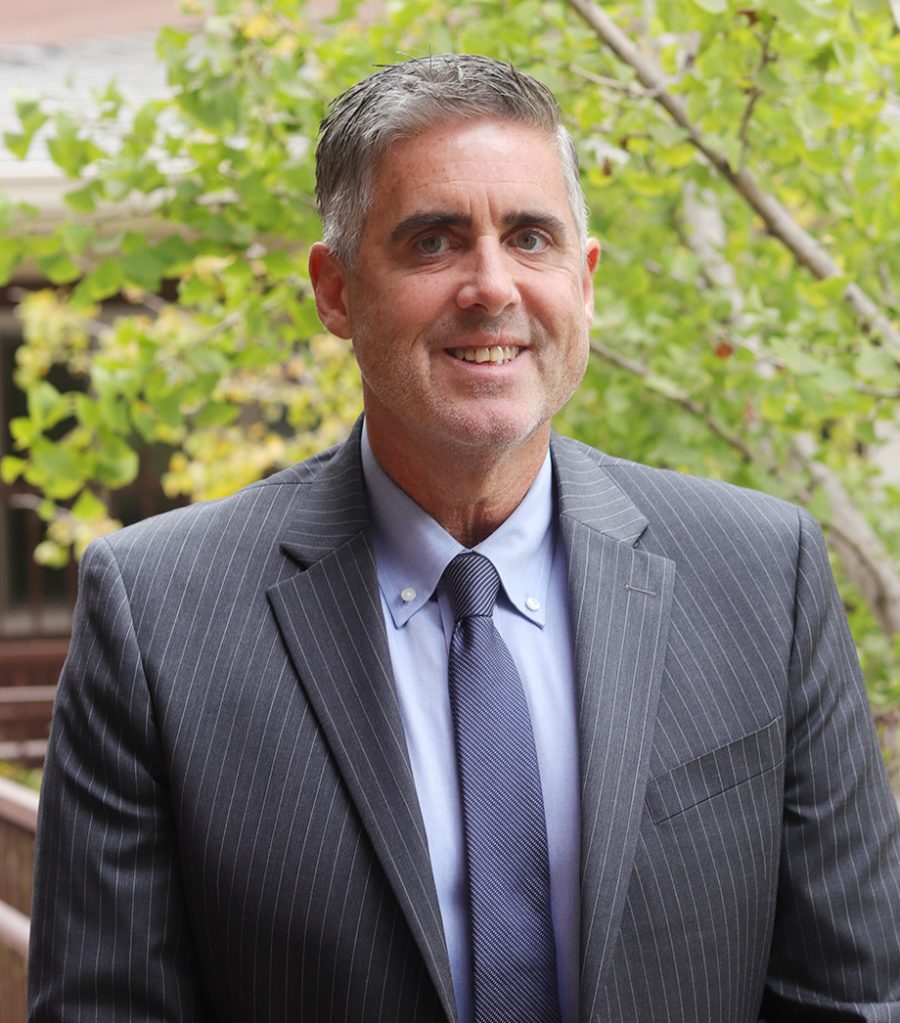
Union Station Homeless Service’s Shawn Morrisey, who was formerly unhoused, is now senior director of advocacy and community engagement for the nonprofit organization.
It was a long journey that took him from a physically abusive father and traumatic sexual abuse to end up on the streets at an early age, experimenting with drugs and ultimately becoming addicted. He was leading a life of isolation, depression and despair in the late 1990s.
Morrissey told Beacon Media that access to meaningful long-term services was difficult initially and sometimes it took three months to see a physician or any medical assistance. Morrissey was determined to get on his feet and learned to work within the system to get the help he needed. Perhaps it’s his powerful command of the English language that helped him open his eyes to the people and resources available.
A struggle for sure, but there were people who really listened and cared enough to realize Morrissey is a human being with a powerful story. Citing a couple of stints at Union Station and some key people who went the extra mile to help, this Canadian native turned his life around at the age of 40 when sobriety was his objective.
Morrissey has been involved in street outreach for 16 years in Pasadena with Union Station, getting to know, personally, how those on the streets could be best helped. Morrissey said Union Station has a 97% success rate with clients in Pasadena and stresses the invaluable support the city offers to unhoused individuals.
However, Morrissey is a realist and says the very real lack of housing in the city at this time is holding back some of the breakthroughs made. It’s not just housing but safe housing to which neighbors can adapt peacefully. One of the major setbacks for getting affordable housing has always been NIMBYs (those who say “not in my backyard”) who shudder at the very thought of a homeless person living near them.
So, it appears that educating the community is of paramount importance in helping bridge the gap of ignorance. The system is broken, says Morrissey. He remarked that the lack of housing and public understanding and perceptions has created the “perfect storm” of sorts. There are major challenges involved in creating permanent housing that is affordable for their clients.
Donations to Union Station have increased during the pandemic, which of course helps the organization’s coffers, but without beds and bathrooms, there is only so much they can do.
In Pasadena, Union Station services offers a dynamic approach to those who are facing any number of crises but are not directly involved in Project Roomkey.
Pasadena’s housing director, Bill Huang, spoke with Beacon Media Monday about the city’s approach to homelessness. He points out that since 2011, when the homeless count was in excess of 1,200 within the city boundaries, the count now is significantly lower at 527 persons who were counted last year.
Tiny Shelter Village for 45 Individuals Proposed for Arcadia
In Arcadia, a plan to prevent and combat homelessness was adopted by the City Council in August 2018.
The city has seen consistent increases in point-in-time count numbers for the past number years — from 12 people in 2016 to 106 in 2020. Arcadia officials believe the counts prior to 2019 didn’t capture the true number of individuals experiencing homelessness in Arcadia.
This past year Arcadia has been busy applying for and implementing grants received, according to Sara Somogyi, director of Recreation & Community Services. “We have been awarded three different grants for a total of $380,000,” she said.
The first grant is the homeless plan implementation grant. There are five different tasks associated with this grant, for a total of $186,500. The five tasks are:
- Encampment cleanups ($20,000). “We will work our Public Works Services Department to remove, transport, store and dispose of encampment items,” Somogyi explains.
- First responder outreach ($40,000). These funds will further assist Arcadia’s first responder outreach from the Police Department’s Homeless Education and Liaison Program (HELP Team) and the Fire Department’s response to calls for service and engaging with the public.
- Case manager/housing navigator ($70,000). Arcadia received a full-time case manager/housing navigator to link individuals experiencing homelessness to services. Arcadia is contracting with Union Station Homeless Services to provide this service. This full-time position will be in addition to the part-time case manager they currently have.
- City emergency resources ($50,000). The city will be able to use these funds help with housing, meals and any other resources to combat homelessness.
- Staff administration costs ($6,500). City staff will ensure the grant funding will be properly managed.
The second grant is the Homeless Prevention and Diversion Program. The Cities of Arcadia and La Cañada-Flintridge jointly applied for a $30,000 grant to develop and implement a Homeless Prevention and Diversion Program. Somogyi says this program is targeted towards individuals at risk of becoming homeless or those who are recently homeless. The city with the greater need can utilize more of the funds. San Gabriel Valley Council of Governments (SGVCOG) allocated an additional $13,500 for Arcadia’s use only.
The cities are partnering with Union Station Homeless Services to “initiate and facilitate problem-solving conversations with a client in order to identify actions needed to either ensure they remain in housing or move them quickly into housing,” Somogyi said. Potential outcomes based on these conversations would include resolving conflicts with roommates, providing short-term rental assistance to prevent eviction, and helping a client reunite with family members. The grant can also pay for electric and other bills, credit checks, housing application fees, to prevent homelessness.
Of the total amount, $30,000 of this funding is derived from county funding and needs to be expended by June 15, 2021. The remaining $13,500 is state funding that needs to be expended by June 15, 2022.
Arcadia is examining the possibility of building a tiny shelter village with housing for us to 45 individuals, with funding from the SGVCOG and collaborating with the county. The site would also have laundry, showers and on-site case management and security. There would be food brought in each day for the individuals who’d live there. The project is still in the planning phases, which would be located on county property in the city, at the Peck Conservation Park utility road off Peck Road.
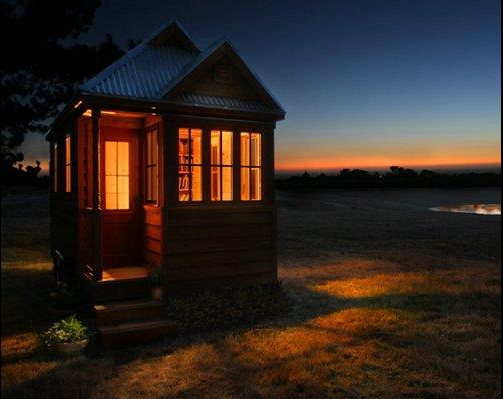
The project is still in question because the city has “to see the viability of the site and if it can support the infrastructure needed to operate everything needed,” Somogyi said. “We are working with the county and our Public Works Services Department and a construction management firm from the SGVCOG to make that determination in the near future. Our hope would be to move the amenities we are currently offering at the Homeless Resource Hub to the tiny shelter village once a week, so we can continue to provide those services to those individuals who need it, regardless if they live in the tiny shelters or elsewhere.”
Arcadia City Manager Dominic Lazzaretto made two important points in the way Arcadia addresses the complex issues.
“The large jump in numbers you see in the last two years is largely due to our taking a more proactive role in the count. While the number has certainly increased over the years, the prior numbers were likely undercounted since we didn’t put as many resources into the effort as we do now,” he said.
“The enforcement parts of the camping ordinance are expected to be used only as a last resort. The city’s intention is to work with folks to find them housing options and to get them the services they require; also, to let them camp in appropriate places in town if camping is a necessity. We know all too well that the type of sweeps you saw this weekend at Echo Park only serve to clean out that particular area and, without providing other services and options, you are only moving the problem around.”









